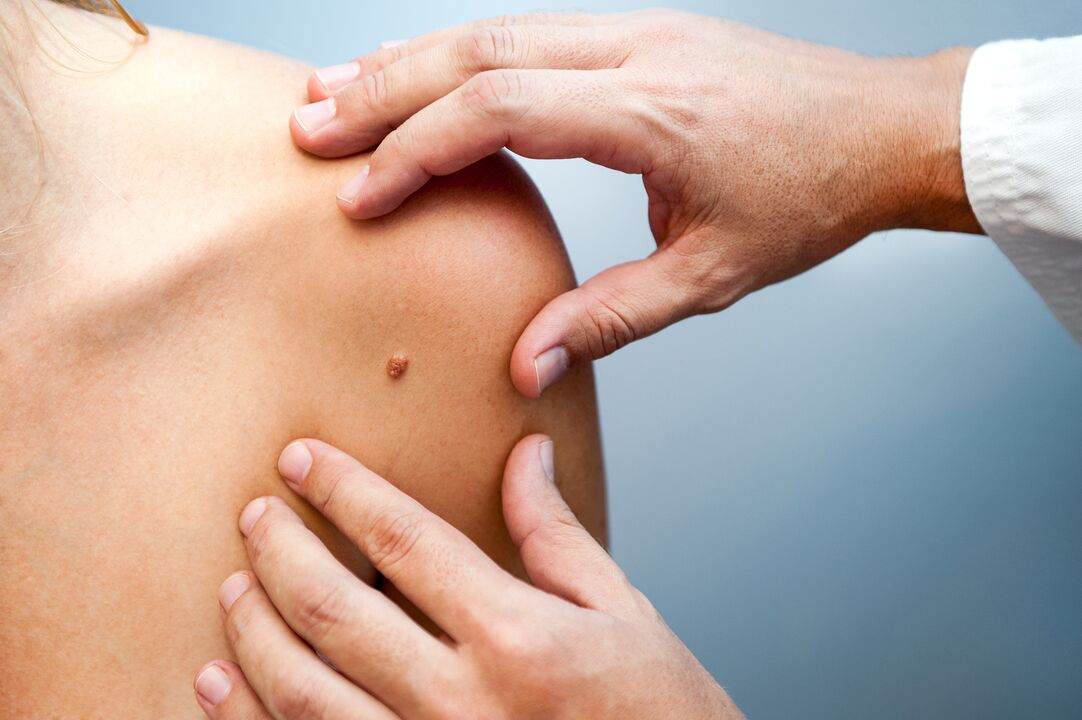It is hardly possible to find a person without papillomas. These formations on the skin can cause serious discomfort and represent a cosmetic defect.
In this article we will consider in detail what papillomas are and how dermatologists advise dealing with them. It is important to remember that each case is unique and requires prior consultation with a doctor. We categorically do not recommend treating or removing papillomas yourself.
What are papillomas?
Papillomas are a viral disease caused by the human papillomavirus (HPV). You can become infected with it through simple contact in the household, by sharing towels or washcloths.
A prerequisite for infection is reduced immunity or the presence of wounds and ulcers on the body. And finally, a small neoplasm with many condylomas - genital warts - spreads throughout the body. They, in turn, not only cause a cosmetic defect, but also further reduce immunity.
Do papillomas need to be treated?
If you have papillomas (warts), they require combined, sometimes lengthy and difficult therapy.
Before starting therapy, be sure to consult your doctor to determine the type and confirm the benignity of the formation and conduct a number of studies, because for the fastest and most effective treatment it is necessary to determine the type of pathogen.
It is also necessary to choose the most gentle and effective method of removing formations and preventing scars, scars and skin defects.
Where are papillomas most common?
The human papillomavirus has more than 170 strains. Some of them cause completely harmless warts and condylomas. And some can cause cancer. Thus, the infectious cause of dysplasia and cervical cancer is currently established and the viral nature of cancer in the rectal and perianal areas is being considered.
Warts most commonly appear on the hands and feet, and condylomas on the genitals and head. In men, the most common location is the armpits, in women the neck, chest and the skin under the mammary glands.
How to get rid of papillomas?

Treatment of any form of neoplasm caused by HPV involves direct exposure to local drugs on the papillomas and the use of antiviral/immunomodulatory agents. If drug therapy does not lead to recovery, surgical methods are used to specifically combat the formations. Simple mechanical removal with a scalpel, but also with an electric knife, laser or liquid nitrogen is possible.
Remedies for the treatment of papillomas on the body are divided into three large groups:
- Local remedies: creams, solutions, gels, ointments for local use (keratolytics and necrotizers);
- immunomodulators;
- Antiviral local and general drugs.
How to remove papillomas?
Gel and ointment against papillomas
Keratolytics are medications that are applied directly to the wart, softening it and sloughing it off. Pharmacies offer salicylic acid, various acids and enzymes that soften the skin in the area of formation. The active ingredients combat virus strains effectively, but multiple treatment cycles are usually required.
Necrotizing drugs are drugs that cause the cells affected by the virus to die. They are also applied to the papilloma itself, but the peculiarity of these products is that after the wart is removed, they can leave quite large defects and scars on the body.
The best remedy for papillomas is antiviral drugs
Another group of drugs used to treat papillomas are antiviral drugs. There are two variants: local and general. Topical medications are applied directly to the affected area and around the warts. The best known is oxolin ointment. Interferons also have local antiviral properties. All drugs from this group are applied to the wart and kill the virus itself in the affected cells.
Before using local medications, the skin must be treated with an antiseptic solution. In addition, a rich nourishing cream or petroleum jelly ointment should be applied to the skin around the papilloma to prevent burns from the active components of healthy tissue.
How to cure papillomas – immunomodulators
For combined treatment, antiviral tablets and immunomodulators (drugs that strengthen immunity) are used.
Drugs that stimulate the immune system and strengthen the body's defenses by "forcing" immune cells to produce immunoglobulins or are themselves immunoglobulins identical to those of humans. All tablets for papillomas pass through the liver and kidneys; people with diseasesof these organs should be as careful as possible when taking substances from these groups.
HPV requires mandatory qualified treatment, as its effect on the human body is not fully understood. Improper use of medications at home can lead to the formation of deep ulcers and scars and increase the risk of viral infection of surrounding healthy tissues. To minimize the risk of developing an illness caused by HPV, consult your doctor and follow the prescribed treatment plan.

























